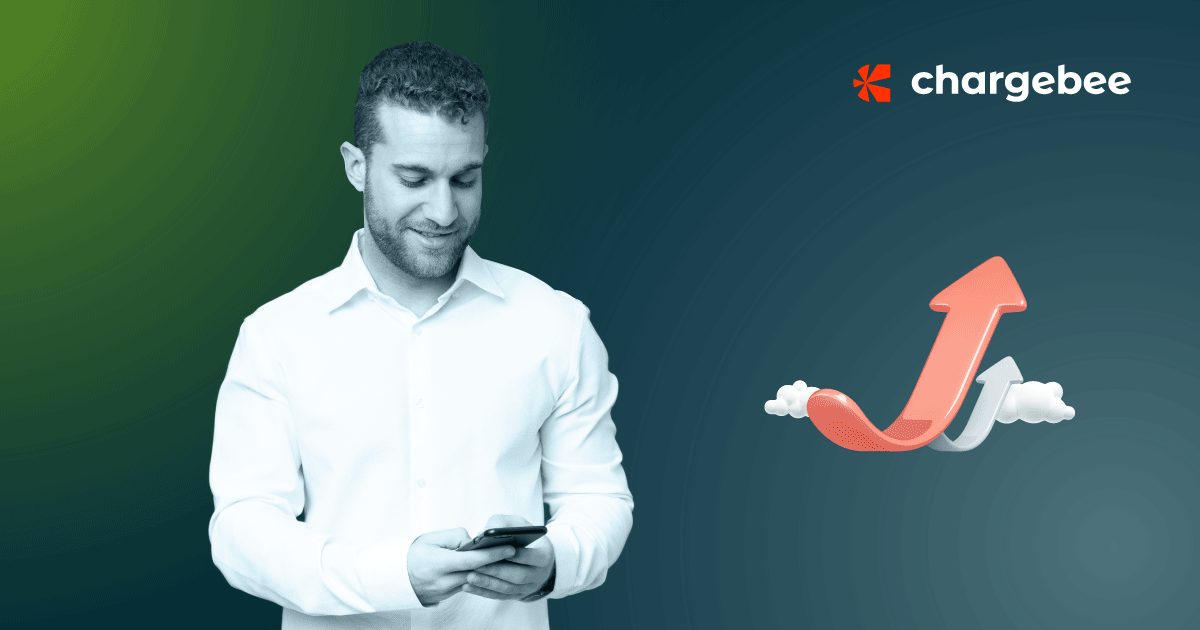
Grow your business
SaaS businesses face unique challenges in the market. Unlike software businesses that use GAAP principles to calculate profitability, SaaS companies have to look at metrics like churn and recurring revenue to determine their profitability. A higher churn means losses to a SaaS business, and so does unplanned aggressive growth. How do you handle aggressive growth and still remain profitable? The answer lies in upselling and upgrades.
True, the costs of running a SaaS company may be lower than that of other businesses since it is service that is sold rather than a product. However, the sales characteristics in the business e.g. bookings, cancels, upgrades, etc. mean revenues and growth have to be measured differently to determine the profitability of a business. SaaS CEO’s have to find ways to reduce costs to ensure long term profitability of their companies.
Many SaaS companies find themselves in financial murk after a couple of years when the metrics they have been watching do not seem to make sense anymore with regards to the performance of the company. SaaS companies that rely entirely on recurring revenue (annual recurring revenue or monthly recurring revenue) to measure their performance often end up seeing increased customers numbers and increased losses.
Why would a company that has many users, therefore more revenues, end up making huge losses? The reason is simple: with increased recurring revenue (customers), comes increased cost of doing business. Unless the cost of doing business is reduced, a company that is experiencing rapid growth in subscription sign ups is likely to end up with large operational costs.
Customer Growth and CAC
While SaaS is a low commodity business, the fundamentals of business still apply. Reducing the cost of doing business by leveraging on economies of scale and automation are crucial for a company to be profitable. Capital spent on development, customer acquisition and support can be used more efficiently by building efficient processes that will save your team and company time and money and increase efficiency.
However, it is the cost of customer acquisition (CAC) that a SaaS company needs to critically look into to ensure it is on the path to profitability. With other metrics constant, the CAC is the most crucial metric that determines profitability. Therefore, a company on an upward growth trend has to find ways to reduce the CAC, which can otherwise eat into the MRR (Monthly Recurring Revenue).
Reducing the Cost of Acquiring Customers
A SaaS company can adopt different strategies to reduce its CAC. Salesforce and Xignite are two examples of SaaS companies that have found ways to keep the CAC down. Let’s look at their models:
1) Salesforce CAC Model
Salesforce uses the same CAC for every prospect. Low level users who sign up for the user-base subscription pricing quickly find out that they can gain more by upgrading their accounts as their needs increase. By upgrading, this means more MRR to Salesforce at the same CAC.
 Up-sell Data Storage from Salesforce.com
Up-sell Data Storage from Salesforce.com2) Xignite CAC Model
Xignite’s CAC model is a little different from Salesforce’s but still relies on upgrades or up-sells. With the company, customers can purchase more than 50 services with usage subscription plans. Customers have a choice on what data to purchase based on their needs.
The important thing to note about the above models is that the companies are generating more recurring revenues without increasing their CAC. Instead of increasing their CAC to fuel growth, they are pushing for more revenues through up-sells or upgrades while the CAC remains constant. This is what a successful SaaS growth should follow: more revenues with minimal CAC.
What other ideas do you have to reduce CAC other than up-sells and cross-sells? Please use the comment box below share your ideas.

